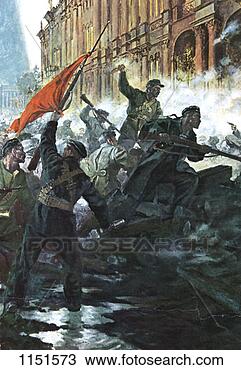

The more things change, the more they stay the same.
Our fairly recent discussion of the Russian Revolution brings to mind a lot of aspects of the French Revolution. They bear many superficial similarities in the composition of the revolutionary bodies, the causes of discontent, and their immediate effects.
Similarities:
1. Brought on by massive failures of existing political orders. The Romanovs had run Russia into the ground through World War I and the stagnant, static political order of the tsarist state. Similarly, France under Louis XVI had piled on huge debts and was unable to maintain the bloated bureaucracy and personal perks of the king. Famine was also a common factor in provoking the mass uprising. Both revolutions began through existing political means (in Russia, this occurred really in the 1905-6 revolution) but quickly exhausted them.
2. Both began as moderate alterations to the political order. In France, it was the establishment of a constitutional monarchy; in Russia, it was a liberal republic. However, radical elements quickly overtook both and plunged the country into chaos.
In France, the Thermidorian Reaction ultimately replaced the Terror because of popular resistance in conservative areas of France to Robspierre's radicalism. However, Russia succeeded through a more developed party apparatus that suppressed all dissent and enforced a uniform revolutionary ideology. The French Revolution, moreover, was not ideological in nature--there was no clearly defined vision for the future that emerged. This led to the tumult and chaos over the coming years as conservative directories, enlightened despots, constitutional monarchs, and emperors all had their turn ruling France.
No comments:
Post a Comment